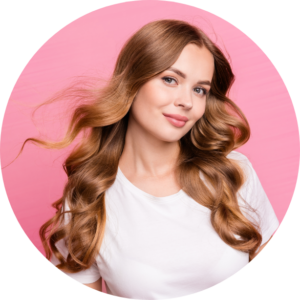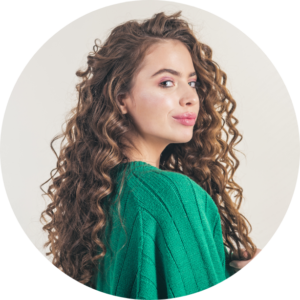3 Things To Know Before Dying Your Hair
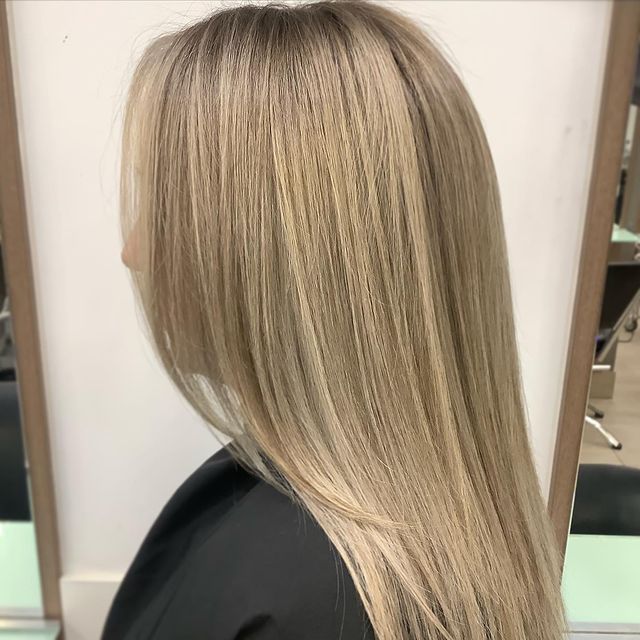
Choosing to dye your hair for the first time is a thrilling decision that opens the door to a whole new you. It’s a chance to redefine your style, make a bold statement, or refresh your current look.
At Intaglio Salon, we understand that this exciting change can also be daunting, particularly if you’re new to hair colouring. It’s essential to arm yourself with the right knowledge before you embark on this hair transformation journey.
From understanding your hair type and choosing the ideal colour to knowing how to maintain and protect your ‘do, there are several factors to consider so you know what to do before dyeing your hair.
1. Know Your Hair Type: The Foundation of a Successful Dye Job
The first essential step before dyeing your hair is understanding your unique hair type. Hair isn’t just categorised by its colour but also its texture, thickness, and overall health. Each of these factors plays a role in how your hair will respond to the dyeing process.
- Hair texture: Hair texture generally falls into one of three categories: fine, medium, or coarse. Fine hair tends to absorb colour quickly but may also fade faster. Coarse hair, however, can resist dye and may require a longer processing time to achieve your desired shade.
The shape and pattern of your hair, whether straight, wavy, or curly, can also affect the dyeing process. For instance, tightly coiled or curly hair can cause uneven colour distribution and may take longer to absorb the colour than straight hair. - Hair thickness: Thickness refers to the density of hair strands on your scalp. People with thicker hair have more hair follicles, which can influence the amount of dye needed and the processing time required.
- Hair porosity: Hair porosity refers to the hair’s ability to absorb and retain moisture and chemicals. Hair porosity affects colouring treatments. Low porosity hair resists colour absorption, leading to patchy results and shorter colour life. Normal porosity hair responds well to colouring. High porosity hair absorbs colour quickly but fades fast. You can check your hair porosity before colouring using the water test and mention it to your stylist at your appointment so they can use specialised techniques and products like a clarifying shampoo to help with colour absorption.
- Hair health: The health of your hair is a critical factor in determining its capacity to handle the dyeing process. Healthy hair can typically handle dye without significant damage. However, if your hair is already damaged—due to heat styling, previous dye jobs, or lack of proper care—it can be more susceptible to further damage. Damaged hair may not hold colour as effectively and could become more damaged with chemical processing.
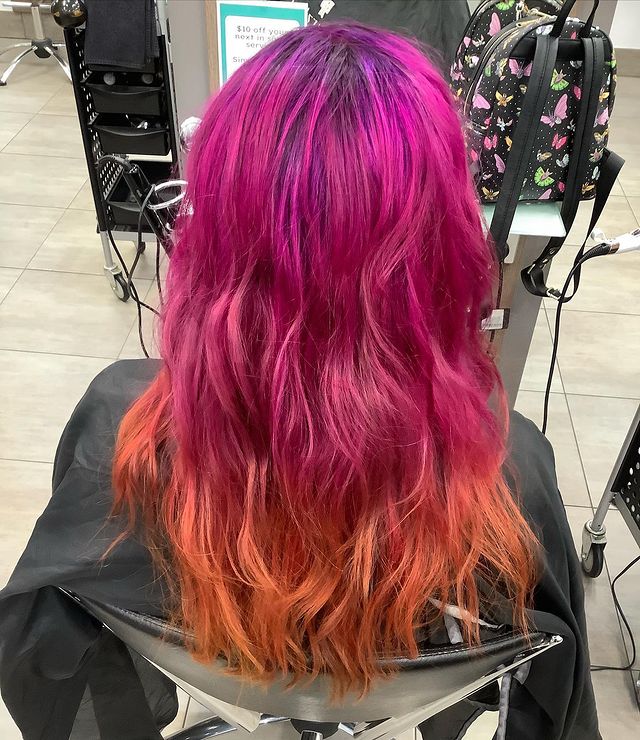
2. Choose the Right Colour: A Blend of Style and Natural Complement
Selecting the right shade for your hair is an art that combines your personal style with a thorough understanding of what shades complement your natural attributes. While you might be drawn to certain trending hair colours, it’s essential to consider your skin tone, eye colour, and even lifestyle while making the final choice.
- Understand skin tones and undertones: Your skin’s overall tone and undertones are critical in determining what hair colours suit you best. People with warm skin tones with yellow or golden undertones often suit golden, chestnut, or caramel shades. However, if you have a cool skin tone with blue or pink undertones, ash blond, platinum, or cooler brunette shades are a better choice.
A professional colourist can assist if you’re unsure about your skin’s undertones. At Intaglio Salon, our team is skilled in helping clients identify their perfect colour match. - Consider your eye colour: Your eye colour can also guide choosing the right hair colour. Typically, hair colours that contrast with your eye colour will make your eyes pop, while similar tones can create a harmonious, natural look.
For example, if you have blue eyes, choosing a warm hair colour with reddish or golden undertones, like auburn or honey blonde, will create a striking contrast. For those with green eyes, opting for a rich hair colour with cool tones, such as deep brown or ash blonde, can enhance the green hues. - Reflect your lifestyle: Your lifestyle also factors into the perfect hair colour decision. If you lead a busy lifestyle and can’t dedicate much time to maintenance, opt for colours closer to your natural hair colour or try highlighting techniques like balayage or sombre.
These will grow out more subtly and require less frequent touch-ups. But if you’re ready to commit to maintaining your hair colour, the world is your oyster! Try platinum blonde shades, icy greys, or vivid hues like fuchsia or green. - Going for dramatic change: If you’re considering a dramatic change, like going from dark brown to platinum blonde, remember that this is a process and not an overnight change. Transitioning to an ultra-light shade requires using bleaching agents to lift the colour from your strands. It may take more than a single process to achieve your desired shade while keeping your hair healthy.
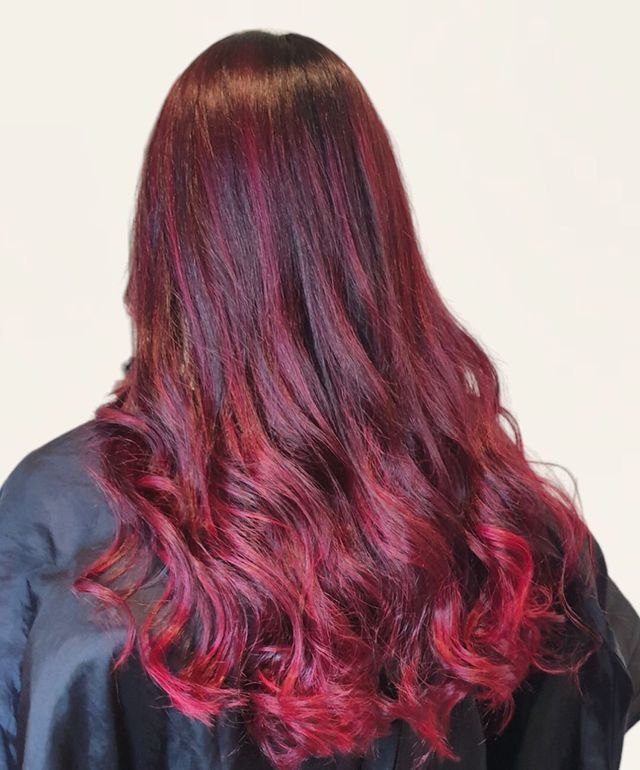
3. Potential Damage and Protection: Keeping Your Hair Healthy While Embracing Colour
Dyeing your hair is an art that balances changing and preserving your hair’s health. While the transformation can be exhilarating, it’s essential to be aware of the potential damage that could come with the process and how to protect your hair from it.
Hair dyes work by changing the hair structure. The chemicals in the dye penetrate the hair shaft, affecting its natural colour. Over time or with frequent dyeing, this can weaken the hair strand, leading to dryness, breakage, and split ends.
If you’re going lighter, the process involves bleaching, which strips away the natural pigment in your hair. This is particularly harsh as it breaks down the hair’s natural fatty acids, making it more porous and less elastic.
The dyeing process can remove the natural oils from your hair, making it more prone to dryness and frizziness. And, if you’re a frequent swimmer, chlorine in pools can affect your hair colour, leading to fading or even a change in tone, especially for lighter shades.
Fortunately, there are several simple ways to protect your coloured hair and reduce potential damage, including:
- Professional application: One of the best ways to minimise damage is to have your hair dyed by a professional like our team at Intaglio Salon. A trained colourist knows how to prepare, apply, and process dye to ensure vibrant colour while inflicting the least damage.
- Deep conditioning: Following up a dye job with regular deep conditioning treatments can help restore moisture and strength to the hair. This is particularly crucial if you’ve undergone a bleaching process.
- Limit other chemical processes: If you’re dyeing your hair, try to limit other chemical treatments, such as perming or keratin straightening, around the same time. Stacking multiple treatments can intensify the damage.
- Use sulphate-free products: Sulphates in shampoos can strip away the colour and natural oils from your hair. Switching to sulphate-free products can prolong your colour and keep your hair healthier. Products with UV protection can also be beneficial, especially in the sunny Australian climate, to prevent colour from fading due to sun exposure.
- Avoid high heat: Heat from styling tools like curling wands and flat irons can exacerbate damage in dyed hair. Always use a heat protectant when styling, and consider letting your hair air-dry when possible.
- Pre-treat your hair before swimming: Wash your hair with clean water and apply a leave-in conditioner before swimming. This reduces the absorption of chlorinated water. After swimming, rinse your hair thoroughly.
- Regular trims: Regularly trimming your hair can help eliminate split ends and prevent further breakage. Every 6 to 8 weeks is ideal.
- Frequency of touch-ups: The type of hair colour and the difference from your natural shade will dictate how often you need to get touch-ups. For instance, if you have grey hairs you’re covering or have chosen a colour several shades lighter than your natural hair, your roots might show sooner, meaning touch-ups every 4 to 6 weeks.
- Consult with your stylist: At Intaglio Salon, our relationship with clients doesn’t end once you step out of our salon. Regular consultations can help address any concerns, provide tailored advice, and ensure your hair remains in top condition.
Arrange Your Hair Consultation Today!
At Intaglio Salon, we’re passionate about helping you find the best colour that enhances your features and expresses your personal style. We ensure you leave our salon feeling radiant and confident no matter what colour you choose.
We offer consultations to help you determine your hair type and the best colouring approach that keeps your hair healthy and strong.


